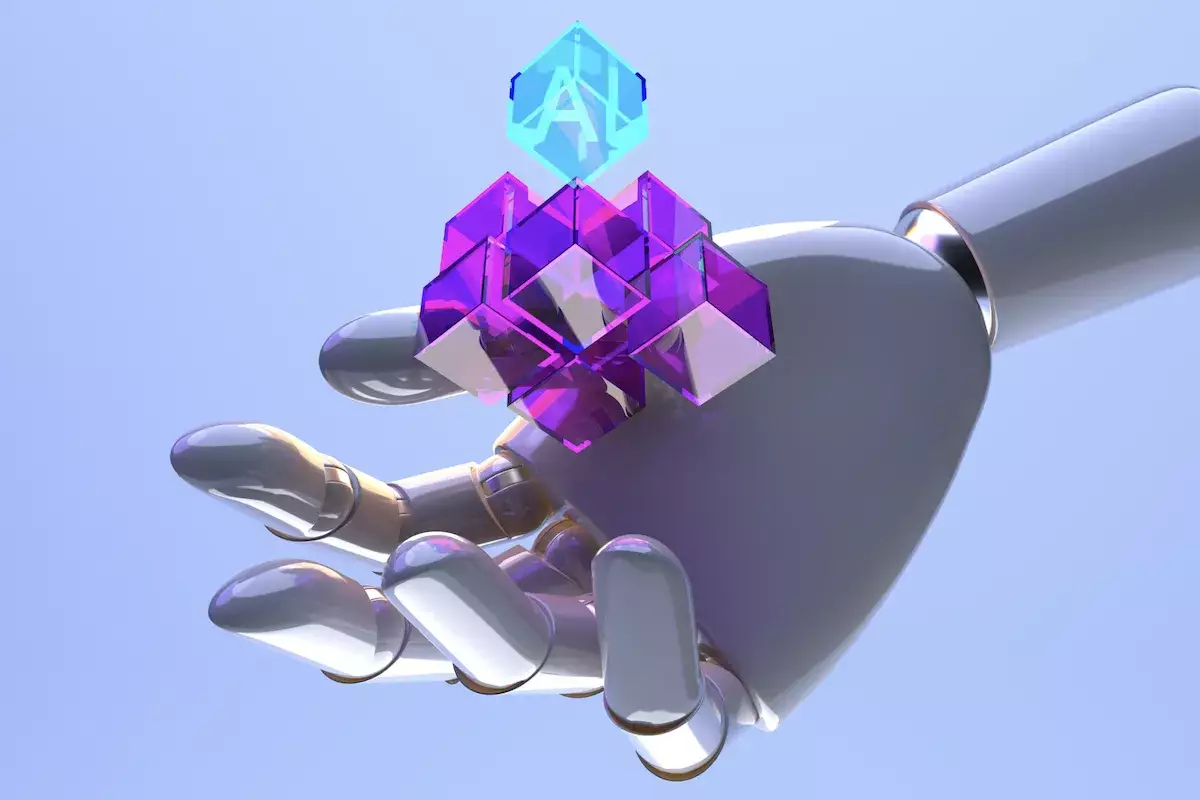In recent years, the digital landscape has been reshaped by the emergence of decentralized technologies and advanced artificial intelligence (AI). Central to this evolution are decentralized applications, or dApps, which operate on distributed networks rather than relying on traditional, centralized servers. This article digs into the intriguing fusion of blockchain and artificial intelligence, examining their potential benefits, practical applications, and the future of this technological partnership.
At their core, dApps are applications that run on blockchain platforms, such as Ethereum or Binance Smart Chain. They leverage the unique characteristics of blockchain technology—such as transparency, security, and immutability—to create robust applications that are less prone to failures or censorship. A key aspect of dApps is the smart contract, a self-executing code that automatically enforces the terms of a contract when predefined conditions are satisfied. This mechanism eliminates the need for intermediaries, thus enabling more direct interactions among users.
The utility of dApps extends far beyond simple transactions. These applications foster decentralized ecosystems where users can engage in activities like finance, gaming, and content distribution, all while retaining control over their data. With this level of decentralization, traditional notions of trust and authority are redefined, allowing for systems that empower users rather than dictate terms.
While blockchain technology excels in providing a secure and transparent infrastructure, it does have limitations in terms of processing speed and real-time data analysis. This is where AI comes in. With its ability to analyze vast amounts of data rapidly, AI can enhance dApps in several ways.
First, AI’s capability for real-time data processing delivers significant advantages, especially in fast-paced sectors like decentralized finance (DeFi). By identifying patterns or anomalies in blockchain data instantaneously, AI has the potential to facilitate quicker decision-making—allowing users to react to market changes in mere moments. This rapid response could drastically improve trading outcomes and resource allocation.
Furthermore, advanced machine learning algorithms can enhance the overall efficiency of dApps. They can optimize resource usage, anticipate market trends, and even personalize user experiences based on behavioral patterns, thereby providing a more engaging interface. The integration of natural language processing (NLP) and image recognition into dApps further simplifies user interactions, making it easier to execute complex tasks without extensive training.
One particularly exciting development in the realm of AI dApps is the emergence of AI agents. These intelligent software entities can perform tasks on behalf of the user, such as trading, data analysis, or content generation, with limited human intervention. This trend signals a shift towards more autonomous applications, where the AI agent acts as a digital assistant to the user. The safety net of smart contracts ensures that these agents operate within defined parameters, maintaining accountability and trust in their actions.
This innovative approach opens the door to a myriad of practical applications. For instance, users could leverage AI agents to handle routine transactions or analyze large datasets for investment opportunities. In creative industries, these agents can assist in producing artwork or generating engaging video game scenarios, reflecting the user’s preferences and demands.
One of the appealing aspects of AI-enhanced dApps lies in their approach to data privacy and ownership. Unlike traditional models where user data is often exploited for corporate gain, decentralized platforms prioritize user sovereignty. Techniques like zero-knowledge proofs enable the verification of data without disclosing sensitive information, ensuring that users remain in control of their identities and data.
In addition to privacy considerations, token economics play an essential role in AI dApps. Many of these applications operate on a token-based system, rewarding users for contributing data or computational resources. This system not only incentivizes active participation but also fosters a collaborative environment where users can share in the benefits derived from their contributions.
As of recent reports, there is a marked increase in user engagement with AI dApps, with millions of active wallets participating in various innovative platforms. Notable examples include applications that reward users for participating in social interactions or ones focused on privacy-centric email communication. Such projects illustrate the potential for combining AI with decentralized structures to create new value streams for users.
Looking forward, the synergy between AI and dApps is likely to expand, drawing from advancements in both fields. Emerging sectors like healthcare, supply chain, and gaming may find unique applications for these technologies, paving the way for a more efficient and responsive digital economy.
AI dApps represent a transformative force within the Web3 ecosystem. By merging the best attributes of blockchain technology with the adaptive capabilities of AI, we are entering an era defined by decentralized, user-centric solutions that prioritize security, privacy, and empowerment. As the landscape continues to evolve, it’s clear that the future of technological interactions lies in these innovative decentralized applications.

